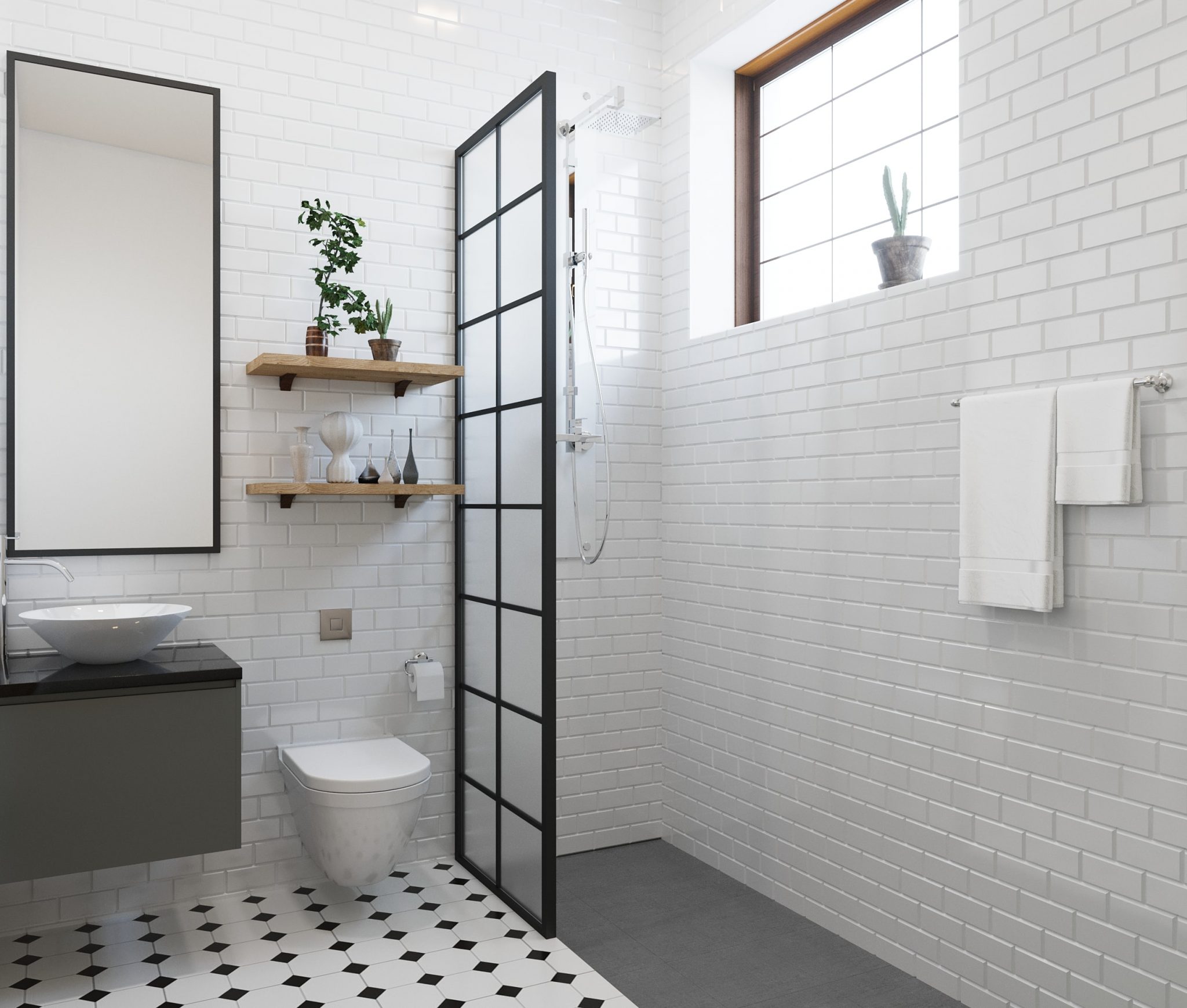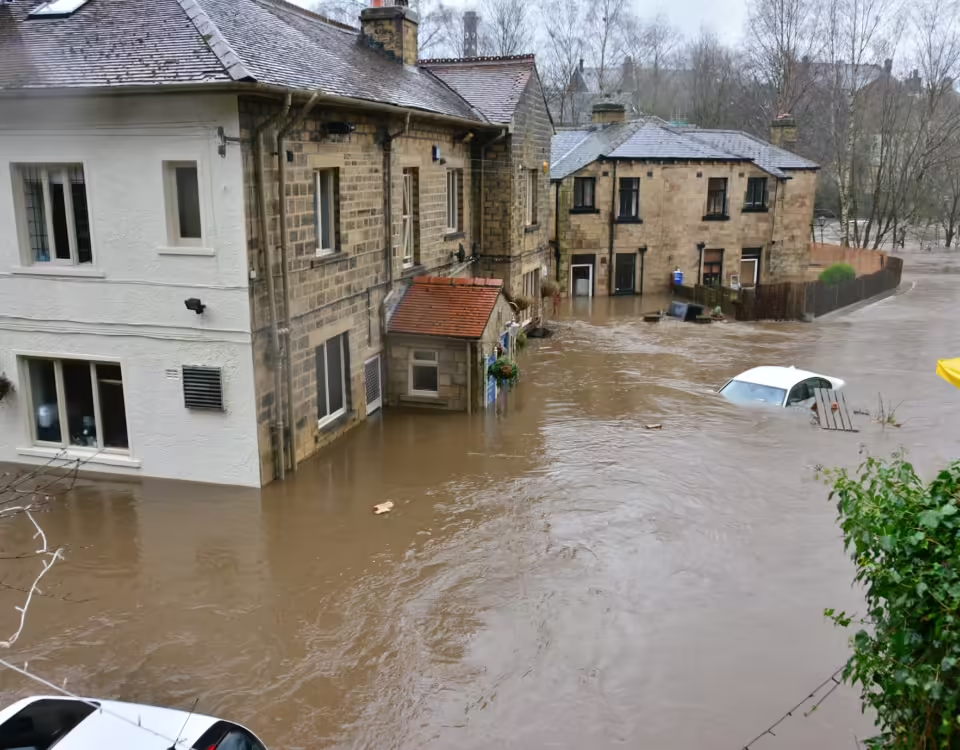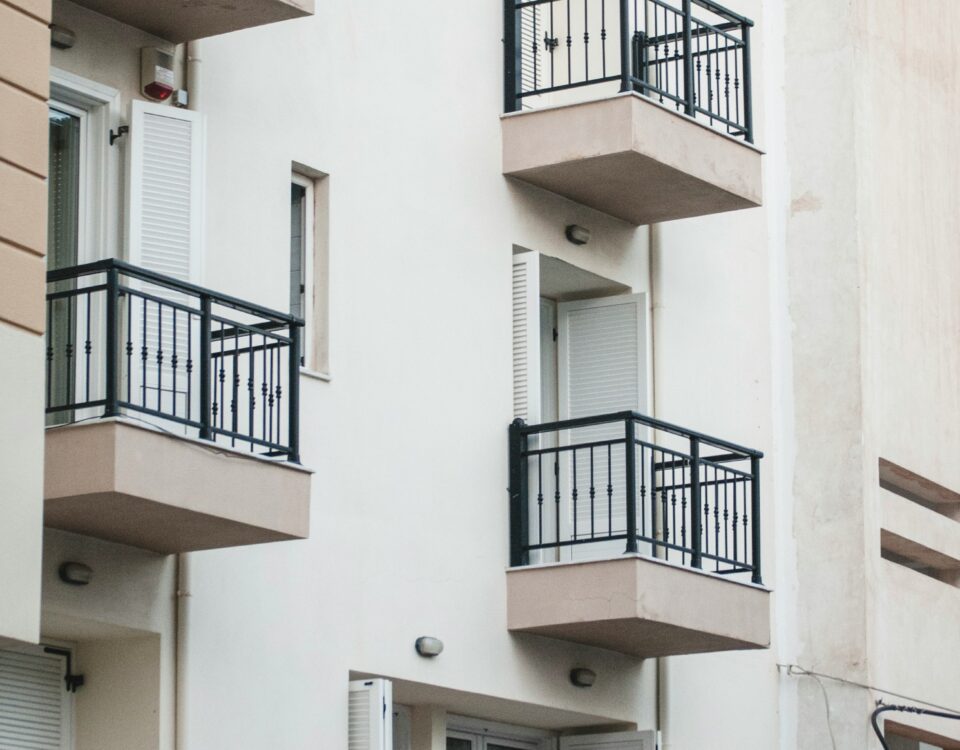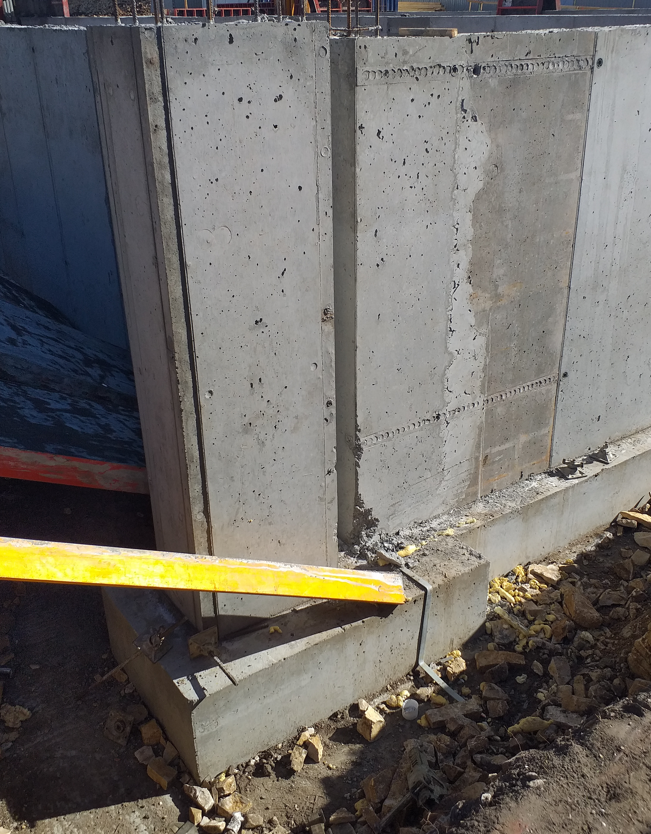
ABC of General Requirements for Substrates
maj 20, 2022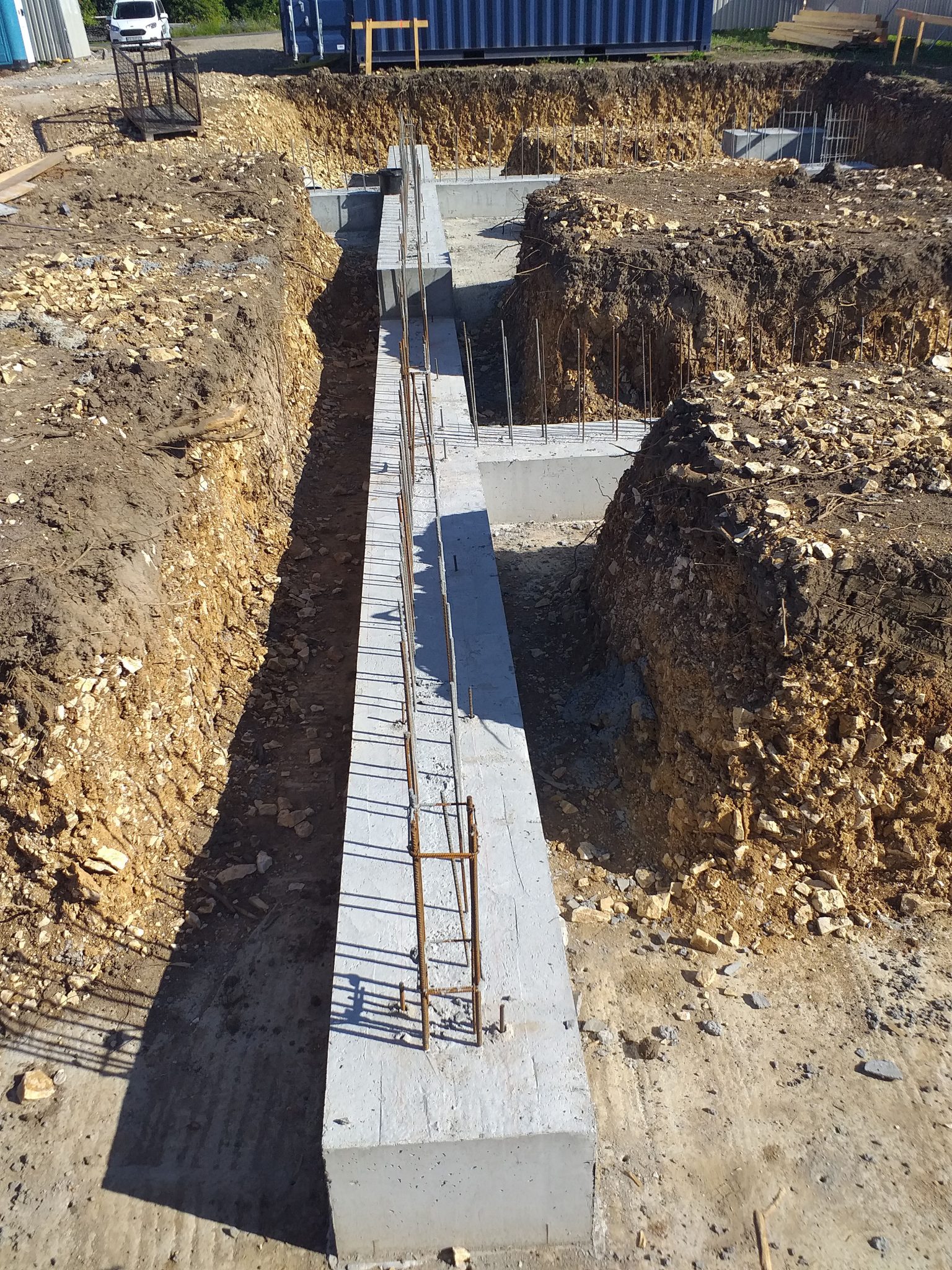
Foundation Waterproofing
czerwiec 2, 2022How to Protect Your Bathroom from Moisture?
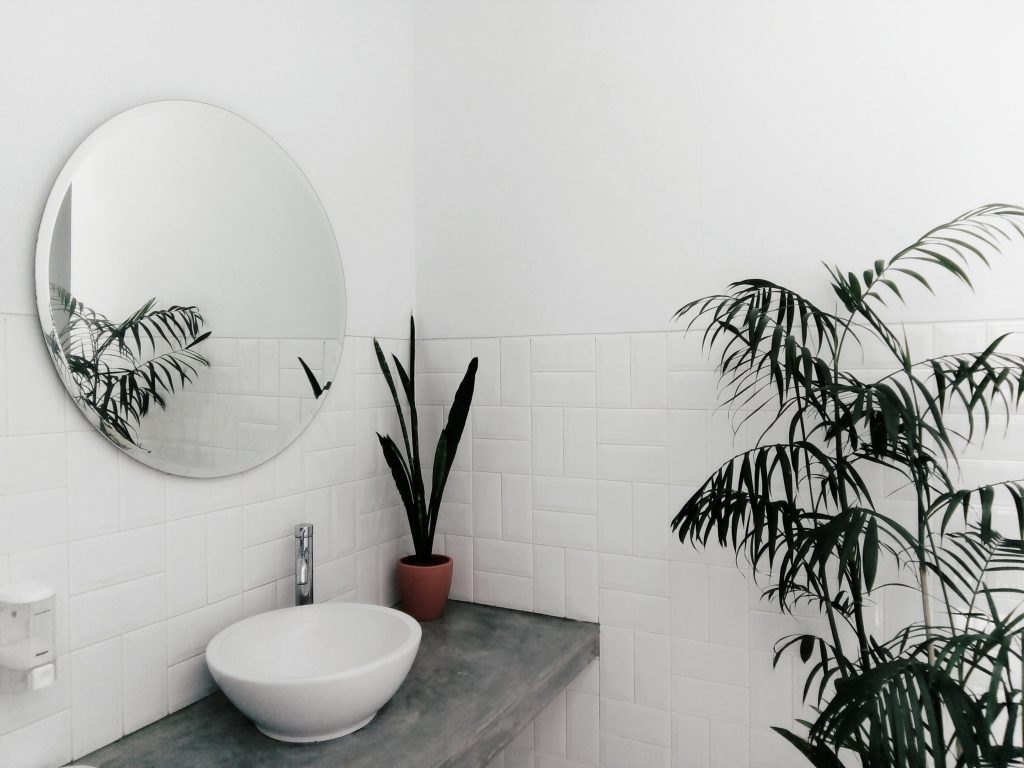
Have you ever wondered what causes bathroom efflorescence? What can you do about it? How can you protect against moisture?
Whether you're building a new home or renovating, remember to include waterproofing in your plans. It's essential for spaces prone to dampness. In addition to waterproofing foundations and basements, don't forget about the bathroom and laundry room. High humidity combined with elevated temperatures creates the perfect conditions for mold, which can be hazardous to health.
The destructive effects of water beneath tiles are not immediately visible. The first signs of moisture damage often include unsightly stains and streaks, dirty grout, small black spots, or larger areas covered with efflorescence. Properly chosen waterproofing isn't just about aesthetics; it’s critical for hygiene, the health of residents, and the structural integrity of walls.
Waterproofing your bathroom is the only reliable way to avoid efflorescence issues. Skimping on waterproofing may save money initially, but it exposes you to much greater costs in the future.
Properly applied waterproofing will primarily protect against moisture penetration into walls, which can lead to efflorescence.
Which areas of the bathroom should be waterproofed?
A bathroom can be divided into two zones: the area in direct contact with water (walls near and beneath the shower, the floor, and around the sink) and the rest of the room.
Floors and walls in critical areas should be protected with moisture-resistant waterproofing, while the rest can be covered with tiles or bathroom-specific paints. Waterproofing should be applied across the entire floor and on walls up to a height of 10–50 cm near the sink and up to 200 cm around the shower, including margins around the shower enclosure.
At SANIER, we recommend applying moisture-resistant waterproofing across all walls and floors in the bathroom rather than dividing it into zones. This approach provides extra security, particularly in small bathrooms where the zones overlap.
Read the full article here and discover: How to Protect Your Bathroom from Moisture?







